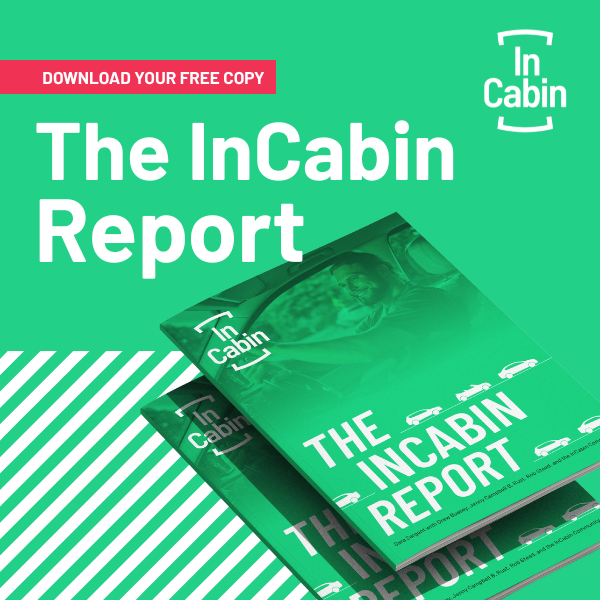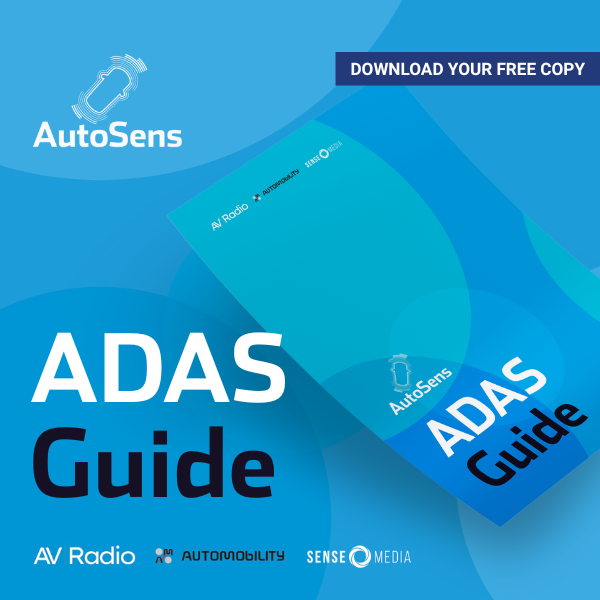
As the market transitions from, the concept of an immersive cabin experience comes ever closer. Whether the vehicle management system is focused on driver impairment child presence detection the most pressing need for mobility is focused on devising life-saving technology. The pressure on automakers is growing to incorporate these cabin sensors to ensure occupants’ wellness, however, many of these safety systems can be utilised for additional value, providing comfort features which may attract consumers to the purchase of one vehicle over the other.
Evolving Driver Monitoring Systems For In-Cabin Sensing
The global status report about road safety shows that traffic deaths have plummeted from 1.35 million to 1.19 million per year from 2018 to 2023. Even though the trend has slowed down, it is still alarming, and the leading factor is distracted or fatigued drivers.
To further improve the conditions of road safety, the European Commission has announced an initiative to “target a 50 percent cut in road deaths and serious injuries by 2030, with Vision Zero the aim by 2050.” To address this need, OEMs are introducing different technologies and sensors to ensure safety and enhance the driving experience.
With EuroNCAP 2026 fast approaching, OEMs are looking for technologies to provide detailed data on driver impairment (including substance use, drowsiness, distraction, etc) whilst protecting the privacy of the occupants.In addition to camera based OMS/DMS systems, and the many softwares available to interpret these images, there are numerous emerging technologies on the market. We take a look at some of the available systems on the market, and what their use-cases might be.
Time of Flight (ToF) Technology
TOF plays a crucial role in the rapidly growing landscape of vehicle intelligence. It is an active imaging technique that measures the travel time of a light or sound wave from a source to an object and reflect back. Based on this information it detects people and objects, their position, movement, and shape in 3D. Where these imaging sensors work as a source of light, providing precise information under little to no visibility areas, it is harder to gather accurate data while working on shiny or irregular surfaces.
Time of Flight looks for signs of driver fatigue, drowsiness, child occupancy, hands-on wheel, body positions, eye gaze, and seat belt applications while taking into account the safety of the occupants. It also enhances personalized driving experience by operating the sunroof, climate controls, and entertainment system without physical contact.
In comparison with passive image sensing techniques, TOF offers quick response, accurate measurement of distance, and competent performance in variable light conditions. This real-time assessment ensures effective safety measures such as airbag deployment and optimizing the travel experience.
Hands On Detection (HOD)
While today’s partially autonomous driving technology takes charge by allowing drivers the freedom to perform other tasks under normal circumstances, it also informs to take back control when required.
The HOD sensor works in coordination with the Lane Keep Assistance System (LKAS). It activates as the driver takes off his/her hand from the steering wheel for a certain period of time and issues a warning by flashing alerts on the Vehicle Information Display or by issuing audio warnings/alerts. If the driver doesn’t return to the steering wheel, the vehicle will engage the emergency breaking system to slow down or stop.
Grip monitoring is another unique factor of HOD, which assesses drivers’ behavior and can indicate tiredness or distraction. A further advancement comes in the way of additional sensors in the steering wheel, which can detect things like alcohol and heart beat, and can be used for health and impairment warnings.
Vital Sign Monitoring (VSM)
VSM works on the combination of impedance sensing and electrocardiography. It not only senses the driver’s heart rate but also monitors grip on the steering wheel as outlined above.
This technique also assesses eye blinking, respiratory rate, and heart contractions by slight chest movements. In case of any anticipated emergency, VSM brings the automobile to a complete stop to avoid collisions caused by emergency medical events, such as heart attacks or seizures. Possibly in the near future, new parameters like blood pressure, stress level, and alcohol intoxication might be a value-added feature in VSM.
Being inside a vehicle presents a unique scenario for us. It’s one of the few situations where we sit in front of a camera, in almost the same position, day after day, for years.
The added value isn’t just in generating real-time estimates of indicators like heart rate or breathing rate.
The real opportunity lies in the car’s ability to leverage in-cabin sensing technologies to monitor our long-term health, and, when necessary, flag early signs of conditions that might require professional medical attention.
According to feedback from consumers, health monitoring as part of overall well-being is one of the most valuable feature categories that can enhance in-cabin sensing.
The key to advancing health monitoring is sensor fusion.
The ability to correlate data layers from various sensor types is crucial.
Currently, thermal and neuromorphic sensors offer the greatest potential to transform our vehicles into outstanding health monitoring devices.
Bogdan Petcu
Product Manager
Tobii Autosense
Rear Occupant Alert
According to the Kids and Car Safety organization, “10 heat-related car deaths have been reported so far this year with several more being investigated.” While running a quick errand, parents who leave their child in a hot car, and it takes only 10 minutes for a kid to collapse.
This disturbing situation has influenced automakers to utilize the rear occupant alert system to warn the driver by setting off horns, flashing lights, or sending text messages.
Volvo has also claimed that it is devising a radar system built into the roof liner that can detect “the tiniest movements at sub-millimeters.”
In a crash, the restraint system plays a vital role in minimizing the forces on passengers’ bodies to protect them from severe injury. Adaptive seatbelts and airbags can adjust their forces to provide optimal restraint, reducing the impact on critical body areas as much as possible. Interior sensing technology is essential to this process, as it provides data on passenger classification, weight, height, position, and posture. With this information, the restraint system can adjust the forces to be as high as necessary for protection, yet as low as possible to prevent further injury, ensuring enhanced safety for every passenger.
Philipp Ruß
Co-CEO
Simi GmbH (Part of ZF Lifetec)
Environment Sensing
Personalized environment is the key to an enjoyable ride. These sensors are divided into two broad categories: climate control and air quality sensors.
Where climate control sensors encompass temperature, humidity, and sunlight sensing ability to adjust the surrounding based on personalized preferences, these also ensure optimal driving comfort, prevent fogging, and compensate for heat intensity in the cabin.
On the other hand, air quality and CO2 sensors monitor the pollutants, exhaust fumes, and dust particles by maintaining air circulation. Also, they can help prevent drowsiness by keeping a balance of fresh air inside the cabin.
Biometric Authentication
Security for drivers and cars is a concern as automation continues to advance quickly. To verify the driver and customize the driving experience, various biometric authentication techniques such as iris scanners, voice recognition, facial recognition cameras, and fingerprint sensors are being used.
These sensors work on unique biological characteristics. Since these traits vary from person to person, the data is used to customize seating positions, climate controls, mirrors, and entertainment preferences.
A key aspect of biometric sensors is that they provide a high level of security that is difficult to steal or replicate, theoretically ensuring maximum safety for the end users. However, the more personalised and confidential data vehicles can have access to, the more incentive malicious actors have to attempt steal said information, and so robust security and obfuscating data is paramount.
The advancement of in-cabin sensing systems provides a significant potential for advancing comfort and wellness in modern vehicles. By integrating technologies such as biometric monitoring, environmental sensors, and ToF, automakers can create a more responsive and adaptive driving environment. These innovations not only enhance the driving experience but also contribute to overall well-being, addressing both physical comfort and emotional health. As policy evolves to require more robust safety systems, the industry can look to ways to capitalise on these technologies, offering ‘nice-to-haves’ to consumers, alongside the ‘must-haves’ to extract maximum ROI. As the landscape continue to evolve, the ‘3rd space’ promise may slowly begin to actualise – transforming the cabin from a mere mode of transit into a holistic sanctuary for drivers and passengers alike.
Connect on this topic in the exhibition
AutoSens and InCabin include a technology exhibition with an array of technical demonstrations, vehicle demonstrations, buck demos from world leading companies. Engineers who come to AutoSens and InCabin have the opportunity to not only discuss the latest trends but actually get their hands on the tech and see it in action.
Ready to join the adventure and dive into the technical world of ADAS and AV technology? Our Barcelona exhibition will feature all these companies and more at the cutting edge of this technology.




